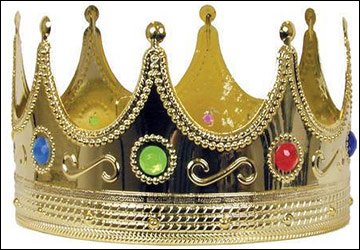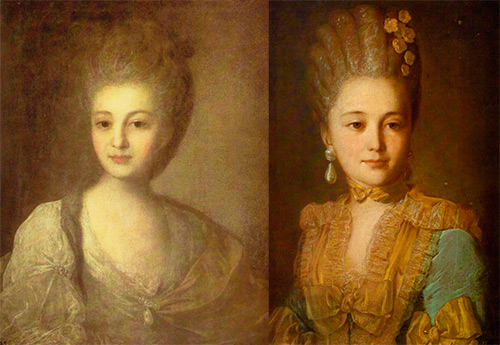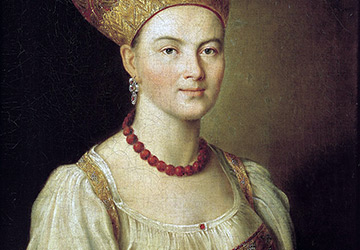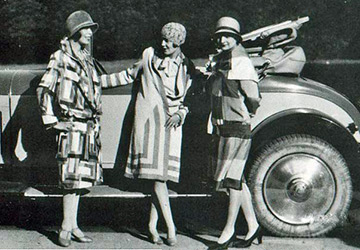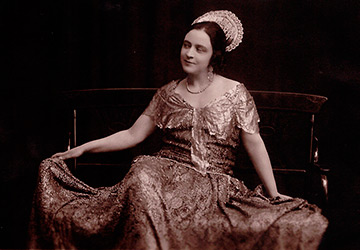Beautiful dresses
Russian designer Nadezhda Lamanova
Nadezhda Petrovna Lamanova is a sorceress of artistic cut dress, one of the best Russian fashion designers. You could watch her work for hours and admire how a masterpiece of tailor's art was born under the well-aimed blows of scissors, touches of an iron and a thread.
Nadezhda Petrovna Lamanova was born on December 14, 1861 in the village of Shutilovo, Nizhny Novgorod province. Her father, Peter Mikhailovich Lamanov, was a hereditary nobleman. But at the moment when Nadenka was born, the family did not possess the former greatness and wealth - the Lamanov family was impoverished, on the verge of ruin. Twenty-year-old Nadezhda decides to make a living on her own. After graduating from the local gymnasium, she went to Moscow.
After two years of study at the school of cutting O. Suvorova, Nadezhda Lamanova begins work as a cutter in the famous Voytkevich workshop. And immediately success. The profession captivated Nadezhda, and in 1885 she opened her own business and a school of applied arts in Moscow. In just 2-3 years, her workshop is gaining fame in the creative environment of painters, directors, actors.
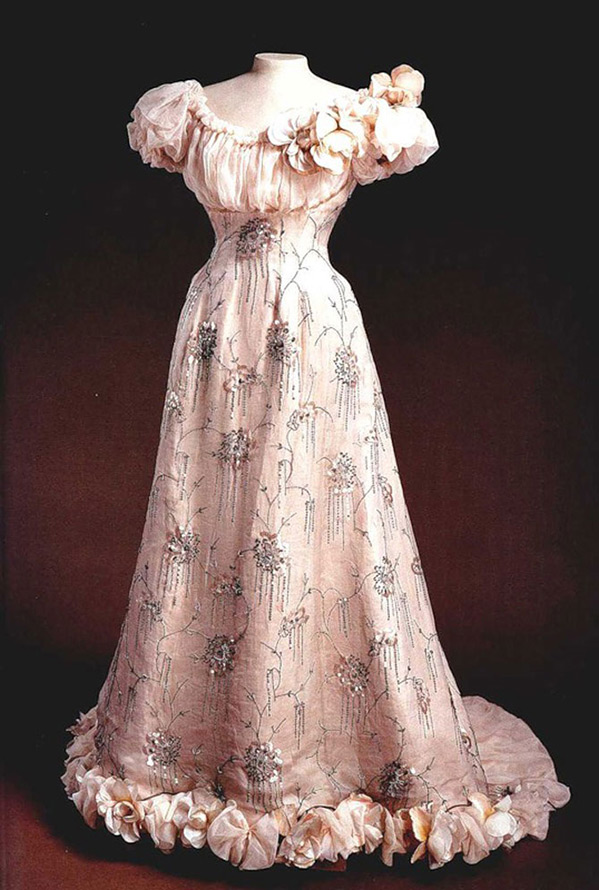
The profession was not only to her liking, Lamanova was in love with her work. Therefore, despite the fact that there was not enough time, because she was already the owner of her own atelier and the director of a successful school, Nadezhda Petrovna continues to study the art of fashion design.
She gets acquainted with the fashionable collections of recognized masters of Paris, reads books on history, painting and ethnography.
In 1901 KS Stanislavsky invited Lamanova to the Moscow Art Theater. This is where the newly acquired knowledge came in handy, especially the knowledge of the national costume. In 1902-1903 N.P. Lamanova participated in the First International Exhibition of Historical and Contemporary Costumes at the Tauride Palace in St. Petersburg. Her workshop in those years was located in Moscow on Bolshaya Dmitrovka.
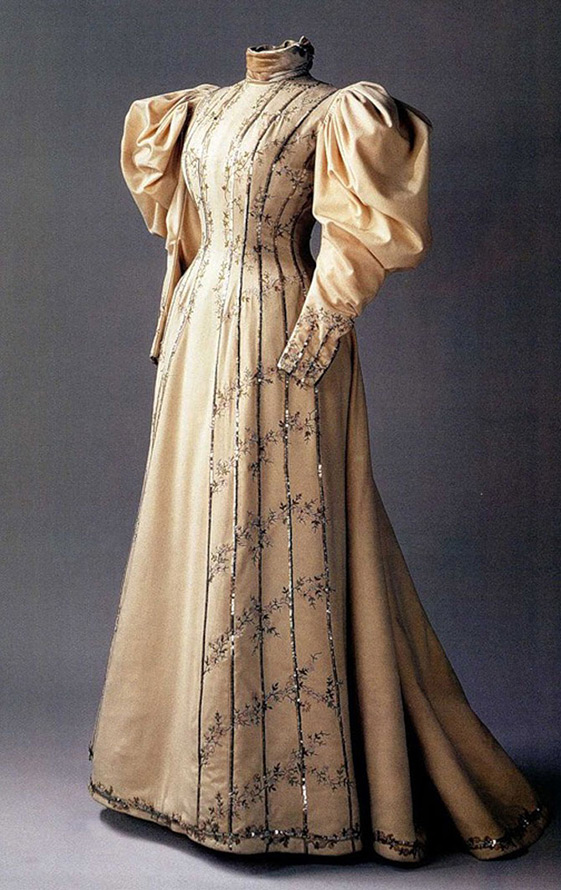
In February 1903, a large costume ball was held in St. Petersburg, which was named Russian. All the guests of this ball, including the royal family, were dressed in Russian national clothes. The famous Lamanova also took part in the creation of these outfits.
Nadezhda Petrovna was the first who appreciated and joined the ideas of the famous French fashion designer P. Poiret. Already in the second half of the 1900s, she began to create models without a corset. Then the apparent freedom of the figure in the Art Nouveau dress was only an illusion. This appearance was created only by the lightness and dynamism of the fabrics, as well as by the skill of fashion designers, but in fact this whole silhouette was created by a rigid and long corset.
And so, the rejection of the corset, freedom in everything - emancipation…. But the rejection of the corset required a different cut design. The famous tunic "a la russe" - the thinnest muslin shirt trimmed with fur, popular in Europe in 1810, was revived through the efforts of both Poiret and Lamanova in 1910. She dressed many famous women of that time - Maria Ermolova, Vera Cold, Olga Knipper-Chekhova, Anna Pavlova, she also sewed dresses for members of the royal family.
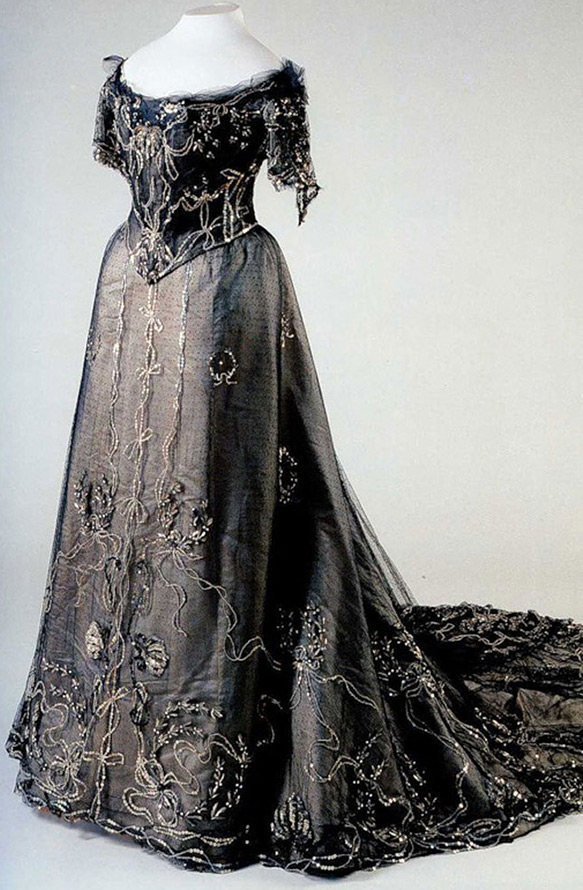
In 1917, Lamanova remains in Russia. Before the revolution, Nadezhda Petrovna had an atelier on Tverskoy Boulevard, she was a supplier to the Court. After the revolution, Lamanova lost her atelier, but continued to work and create her masterpieces of tailor's art. Soon Lamanova was arrested, but at the request of M. Gorky, after two and a half months of imprisonment, she was released.
Nadezhda Petrovna headed the Modern Costume Workshop at the Fine Arts Department of the Glavnauki. In the 1920s, her models were demonstrated by the film actress Olga Khokhlova and V. Mayakovsky's muse Lilya Brik.
The activities of the first sewing educational institutions were developed with the direct participation of N.P. Lamanova. In the early 1920s, Nadezhda Lamanova develops models of simple clothes for a wide segment of the population, works in the Vakhtangov theater. Since 1922, Nadezhda Petrovna is a member of the Academy of Artistic Sciences, participates in the I All-Russian Art and Industrial Exhibition, where she is awarded a special diploma.
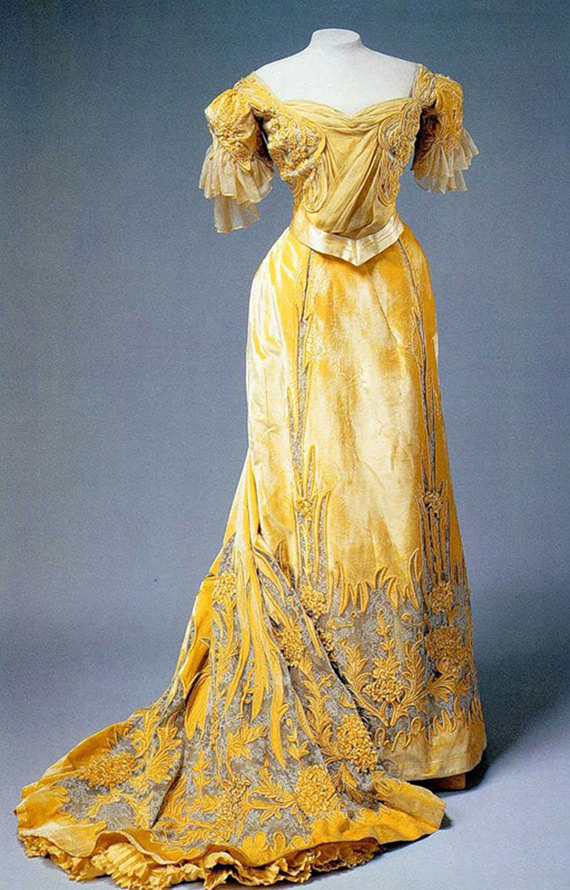
In 1926, Lamanova created a number of models based on northern folk art, which were then sold abroad. The artist-fashion designer N.P. Lamanova created collections of not only dresses, but also fur products. She took part in the Leipzig and New York exhibitions.
In 1925, at the International Exhibition of Decorative and Applied Arts in Paris, Nadezhda Petrovna presented a unique collection of dresses made of homespun materials - linen, canvas. All dresses were made in Russian style, decorated with handmade embroidery. Each model was in an ensemble with a headdress, bag and jewelry, which were made of twine, cord, embroidery, straw. Her work earned the Grand Prix of the exhibition "For a costume based on folk art". With the introduction of the NEP, there was a need for expensive materials and dresses, and then luxurious outfits were created, some of which are now kept in the Hermitage collection.
Nadezhda Petrovna dressed actors of theater and cinema, for example, her costumes can be seen in old films of Soviet films - "Aelita", "Generation of Winners", "Alexander Nevsky", "Circus", "Ivan the Terrible", "Inspector General". Theatrical costumes for The Marriage of Figaro, Vassa Zheleznova, The Last Days of the Turbins, the opera Boris Godunov, etc. Lamanova creates already at retirement age.
In 1941, the Art Theater was evacuated to Tashkent. Nadezhda Petrovna, having learned about this, together with her sister went to the passage of the theater. Public transport was no longer working, and because of the illness of their sister, they walked slowly, hoping to catch the train. Finally, they came and saw a lock on the door. They forgot about her. Lamanova barely made it to the park near the Bolshoi Theater with her sister, sat on a bench and died.
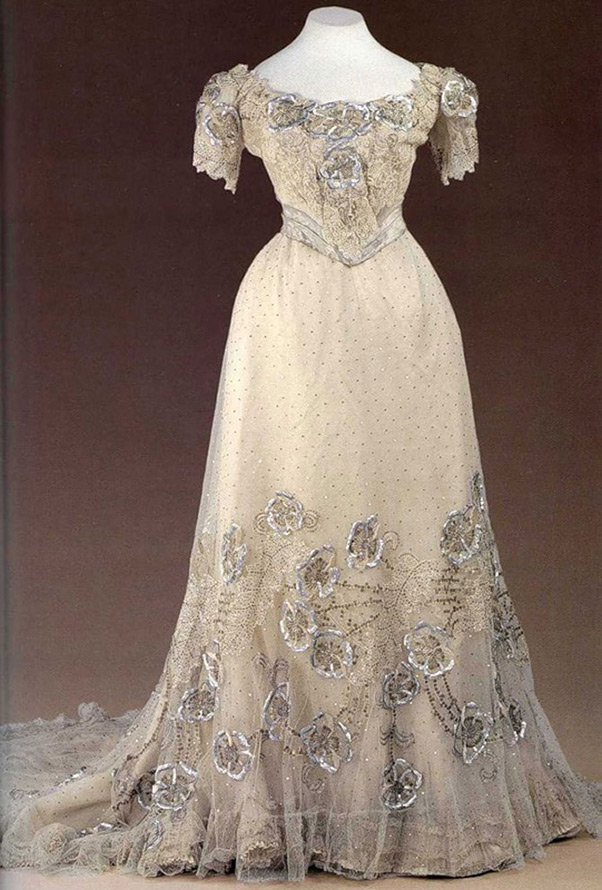
The main creator of the Soviet textile industry in the 1920s and 1930s was Nadezhda Petrovna Lamanova.
In her works, the basic principles are laid - the deep nationality of the costume, the suit's compliance with the lifestyle, climatic conditions, the refusal to blindly imitate Western fashion, the compliance with the physical and spiritual appearance of a person. All these principles she expressed briefly in the following words: "... why the costume is created, for whom, from what."
Her remaining works cultivate a sense of style, hone the professional skills of fashion designers, awaken imagination, sharpen the vision of the purity of lines and form. N. P Lamanova created the methodological basis for all Soviet modeling.
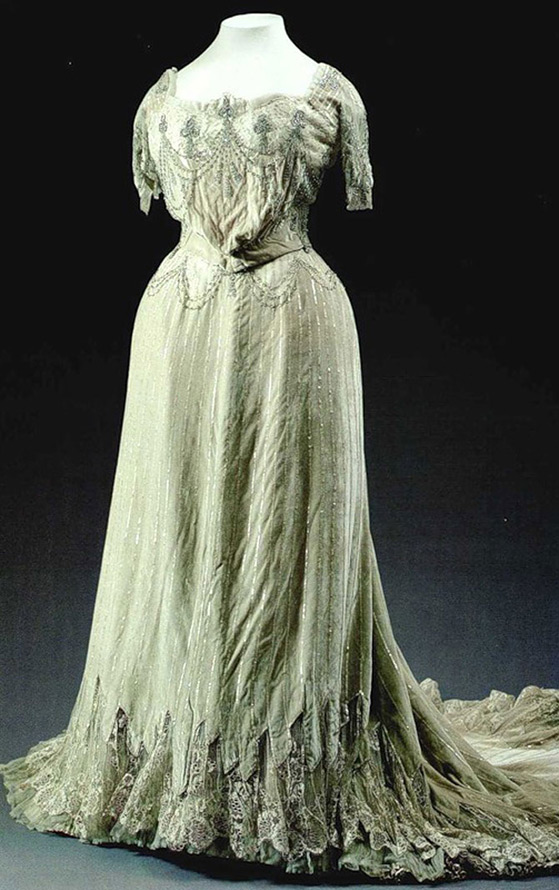
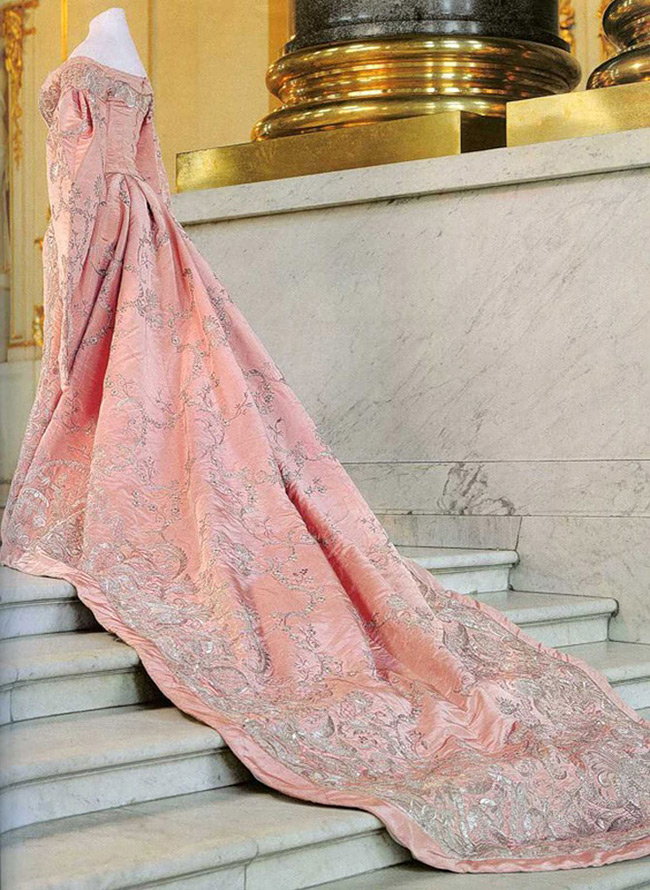
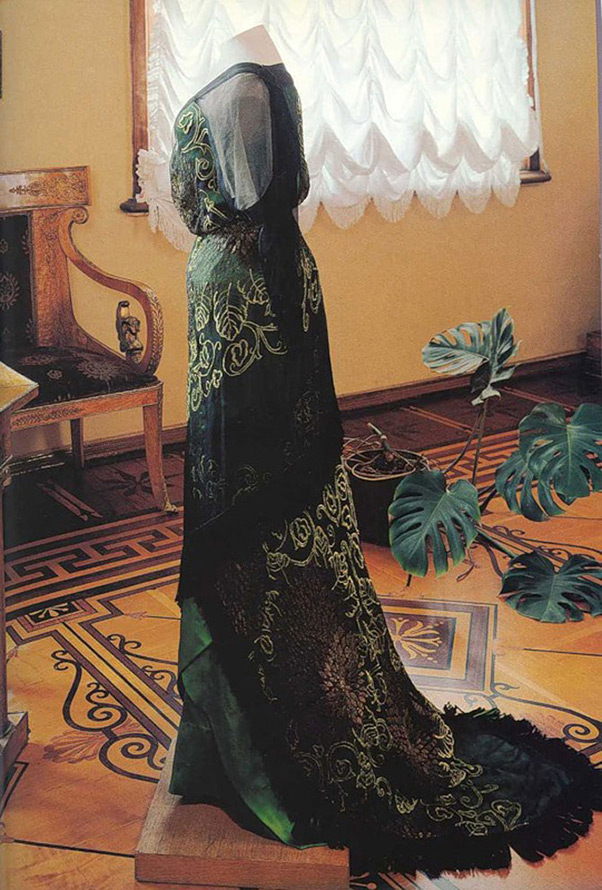
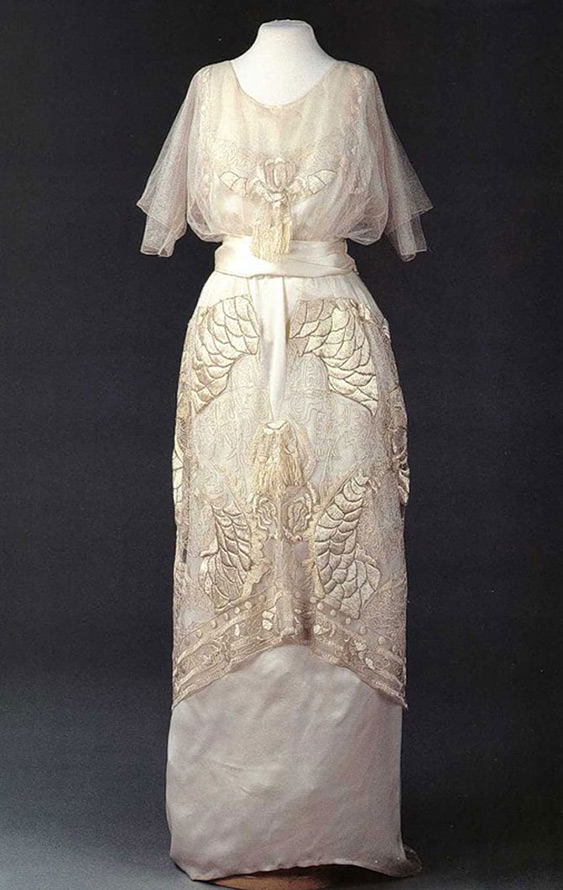
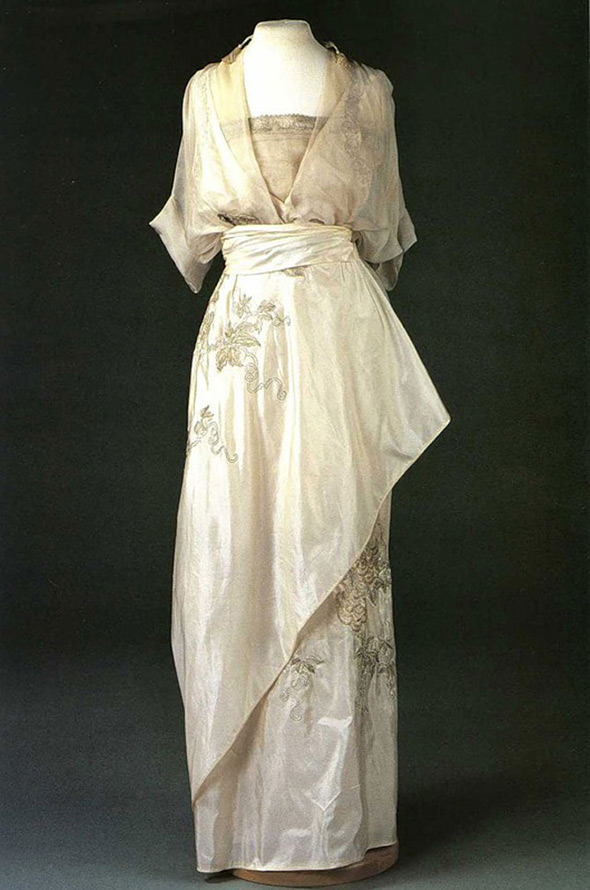
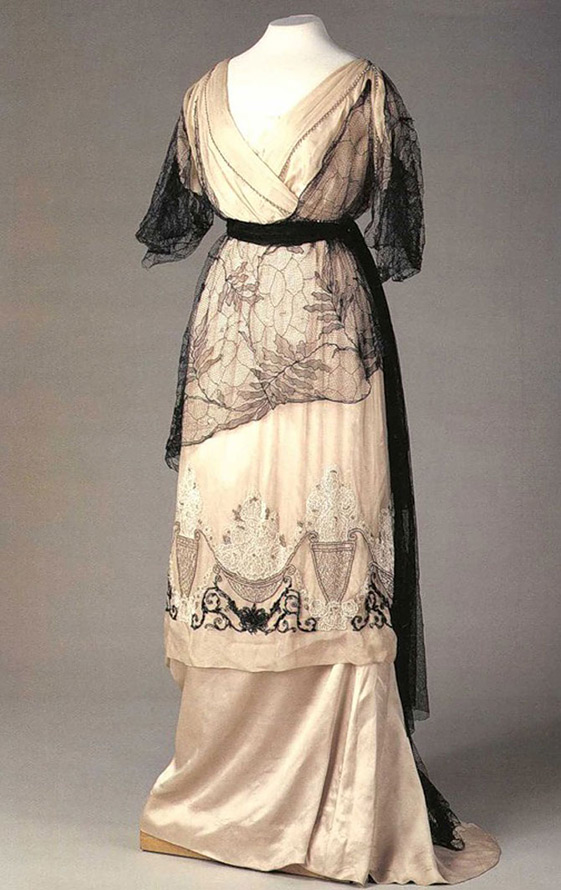
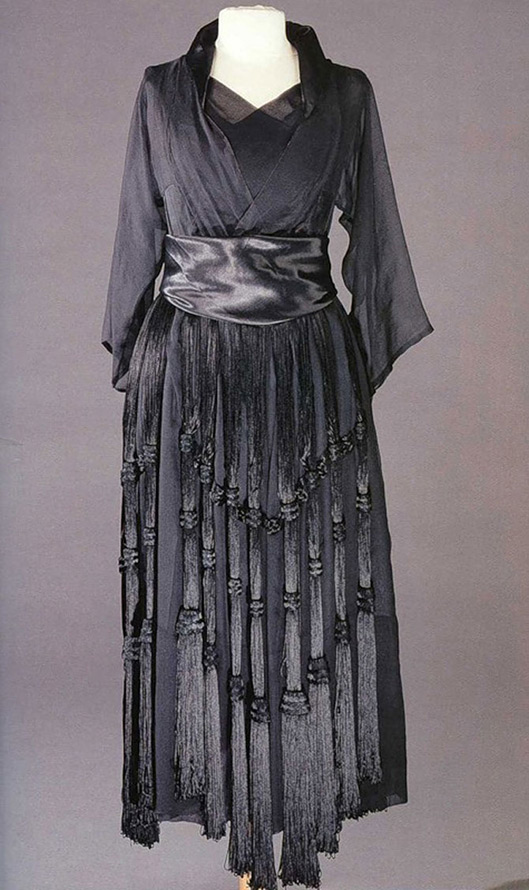
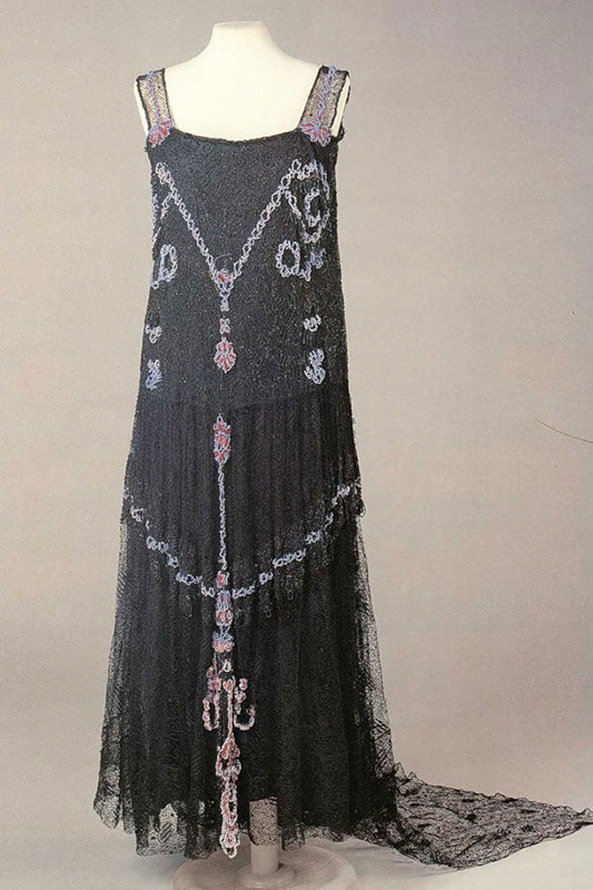
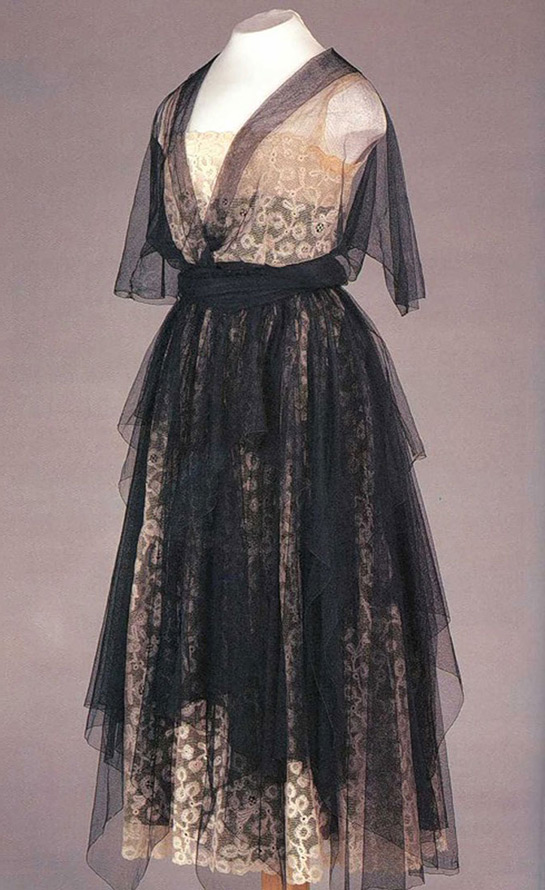
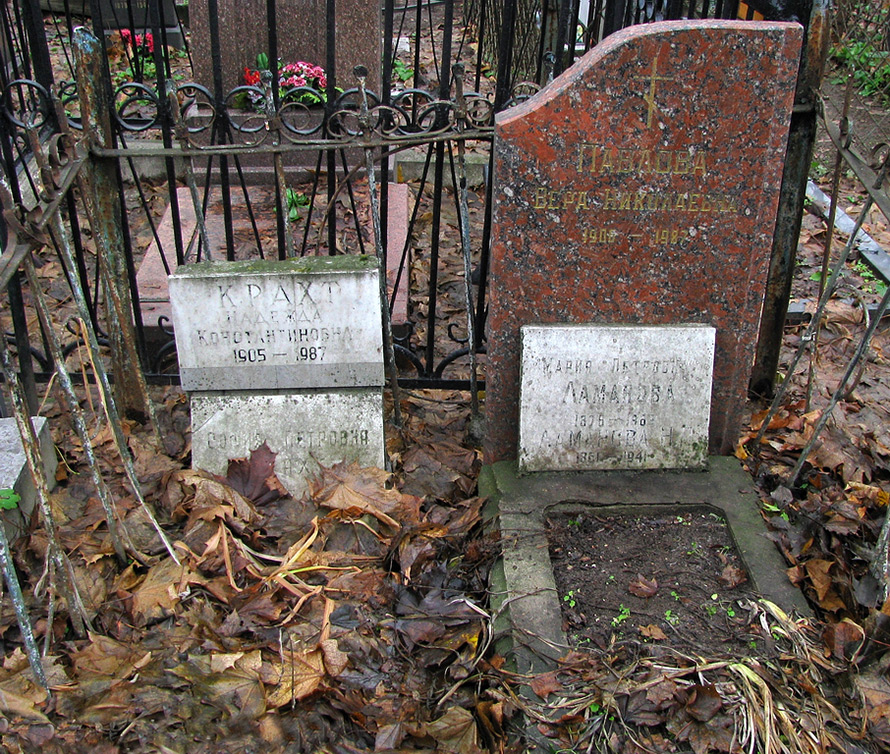
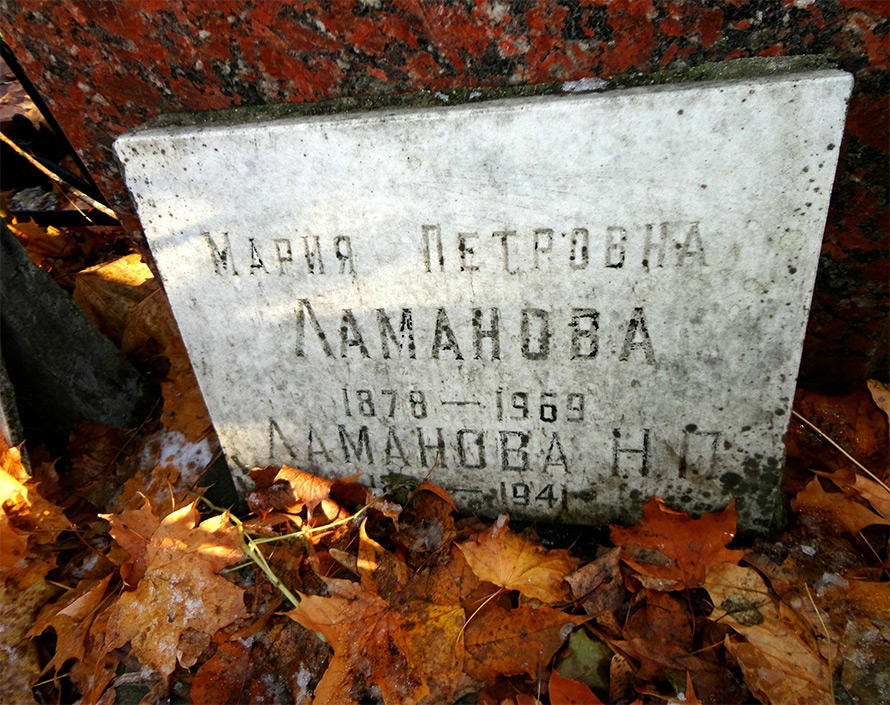
Comments and Reviews
Add a comment
Rating news
Shades of clothing that make women look younger
What shades of hair make women younger: rules and photos
Funny wedding dresses - photos and ideas
12 most expensive down jackets for the winter
How to look 25 at 40: tips from supermodels
Beautiful schoolgirls
Anti-aging haircuts and hairstyles for women
Fashionable skirts for autumn and winter
Fashionable women's trousers for the cold season
Fashionable and stylish sandals for summer 2024
Spring-summer 2024
 Fashionable dresses and tops with thin spaghetti straps
Fashionable dresses and tops with thin spaghetti straps
 Bandana tops: how to wear stylishly and beautifully
Bandana tops: how to wear stylishly and beautifully
 How to put together the perfect men's wardrobe for the summer
How to put together the perfect men's wardrobe for the summer
 Trendy shorts for spring-summer 2024
Trendy shorts for spring-summer 2024
 Fashionable skirts for spring-summer 2024: a guide to online shopping
Fashionable skirts for spring-summer 2024: a guide to online shopping
 The most fashionable dresses spring-summer 2024: styles and colors
The most fashionable dresses spring-summer 2024: styles and colors
 Fashionable total look 2024: image ideas and trends
Fashionable total look 2024: image ideas and trends
